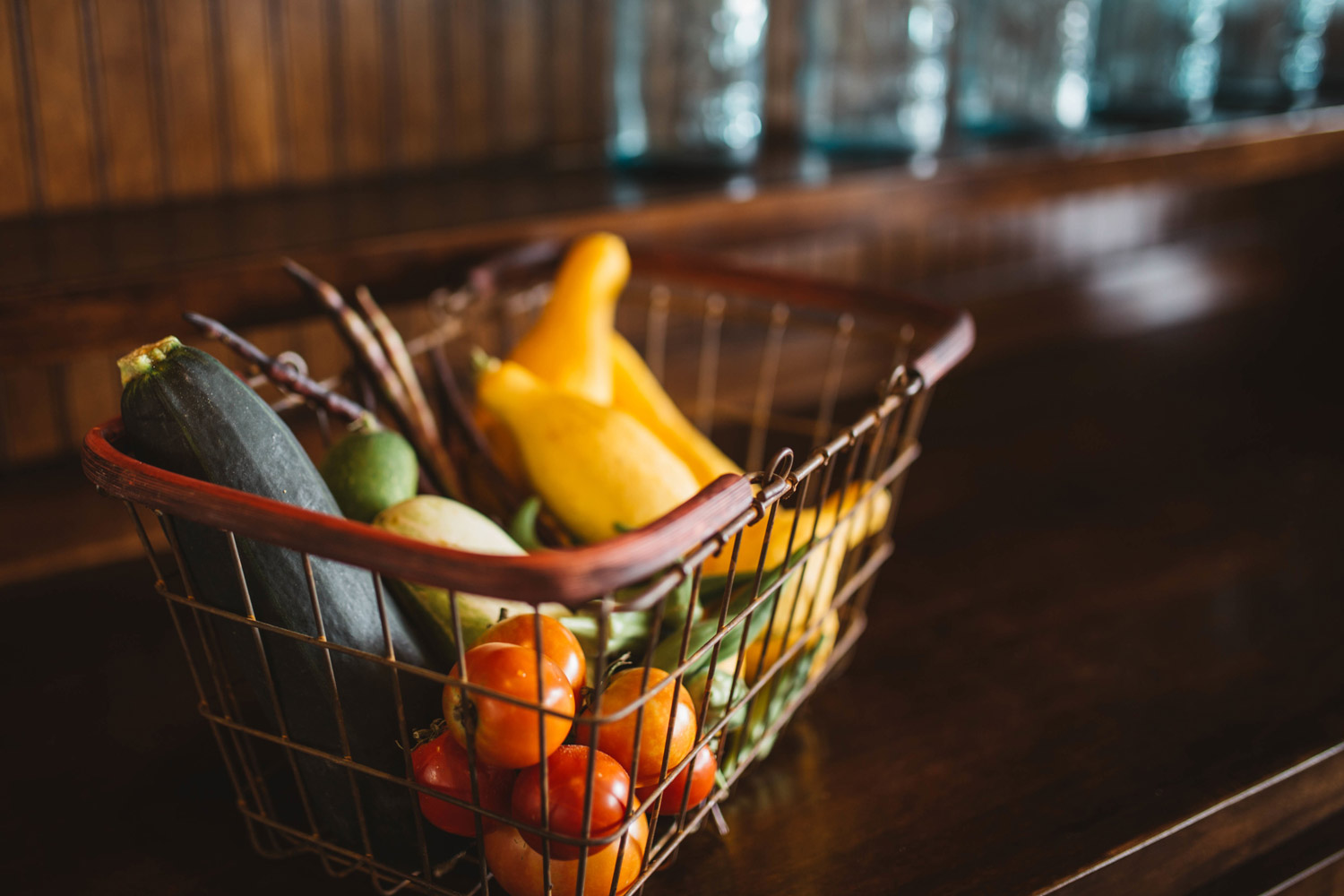These days more and more consumers (especially parents) are looking for ways to avoid genetically modified organisms (GMOs) in their food. Currently, there are two food labels that indicate the absence of GMOs for consumers: the USDA Organic label and the Non-GMO Project Verified seal.
As a big supporter of transparency in our food system, I think it’s fantastic that consumers are better equipped to make informed decisions about avoiding crap like GMOs through both the Non-GMO Project and USDA Organic certification. However, when you’re comparing products at the grocery store, you might find yourself wondering, “Can someone just please give me the quick and dirty on these labels and what the heck they actually mean?!” Below, I’ve broken down the basics of the two labels and what is involved in their verification processes. Hopefully it will help you to better understand the similarities and differences and make better decisions at the grocery store for your family.
USDA Certified Organic Seal
The National Organic Program is regulated by the United States Department of Agriculture (USDA). Their certification is a process-based certification that requires farmers and food producers to follow approved methods in order to achieve their certification. GMOs are strictly prohibited from certified organic products, which means farmers are not allowed to grow produce from GMO seeds, their animals cannot eat GMO feed, and organic food producers can’t use any GMO ingredients.
Certified organic farms and facilities follow a site-specific organic system plan and are inspected annually by third party organic inspectors to confirm compliance. Farmers and processors must prove that they are not using GMOs in any part of their production in order to fulfill the USDA organic regulations. They also must prove they are utilizing approved practices to protect their products or crops. All USDA certified organic produce, grains, meats and processed foods do not allow the use of GMOs. Pretty awesome stuff!
So, what does the organic certification mean?
- Processed foods with 95-100% certified organic ingredients can be certified to use the USDA Organic Seal. The other 5% like salt and water cannot contain GMOs.
- Prohibits the use of chemical fertilizers, synthetic substances, irradiation, sewage sludge, or GMOs in organic production.
- Requires 100% organic feed for organic livestock.
- Prohibits antibiotic and synthetic hormone use in organic meat and poultry.
- Verification is maintained through third party inspectors’ annual site inspections, organic system plan review, and residue testing.
The Non-GMO Project’s Non-GMO Seal
The Non-GMO Project is a non-profit organization that independently offers GMO test verification and labeling for non-GMO products. Their verification is process-based, using traceability, segregation, and testing to ensure compliance with their standards.
Companies looking to receive the Non-GMO Project stamp must follow the project’s standards of best practices and have product testing conducted at various stages of production anywhere from the field to the packaging facility. Despite their inspection process, the project can’t legally claim products to be “GMO free” because the contamination risks to seeds, crops, and ingredients are too high. However, they’re the only organization offering independent verification of testing for GMO products in the U.S. and Canada.
So, what does the Non-GMO Project’s Verification Process require?
- Requires ongoing testing of all at-risk ingredients – any ingredient that is grown commercially in GMO form must be tested prior to use in a verified product.
- Absence of all GMOs is the target for all Non-GMO Project Standard compliant products. Continuous improvement towards achieving this goal must be part of the participant’s quality management systems.
- They use an Action Threshold of 0.9%. This is in alignment with laws in the European Union, where any product containing more than 0.9% GMO must be labeled.
- After the test, they require rigorous traceability and segregation practices to be followed in order to ensure ingredient integrity through to the finished product.
- For low-risk ingredients, they conduct a review of ingredient specification sheets to determine absence of GMO risk.
- Verification is maintained through an annual audit, along with onsite inspections for high-risk products.
What’s the best way to avoid GMOs?
Both seals are great methods for avoiding GMOs. Both labels also help to provide greater transparency for consumers about what’s in their food and how it is produced and that’s pretty awesome.
Beyond banning GMOs in fresh and processed organic foods, the USDA organic certification takes it a step further with a holistic approach to the health of our food system and food producers. Organic products are produced without the use of synthetic chemicals, which are dangerous for farmers, consumers, and our land and water system. These extra steps help to promote a sustainable and safe food system.
The Non-GMO Project’s strict set of standards and guidelines, including multi-level testing, ensures that companies and producers are avoiding GMOs in all aspects of production. The Non-GMO Project also provides education to the public about the risks associated with GMOs, the importance of labeling, and tips about how to best avoid them.
Go Organic for Unprocessed Foods
Unfortunately, the Non-GMO Project only verifies meats and processed foods commonly found in the center aisles of the grocery store. Due to the lack of verification in fresh produce, buying certified organic produce is the only way to avoid GMOs in your fresh foods. Better safe than sorry, mamas!
Since the U.S. government does not enforce the labeling of GMOs for all food producers, the Non-GMO Project is filling a much-needed void. Choosing any product that has been verified by The Non-GMO Project is a safe bet for avoiding GMOs and is the only safeguard against GMOs when not buying organic.



